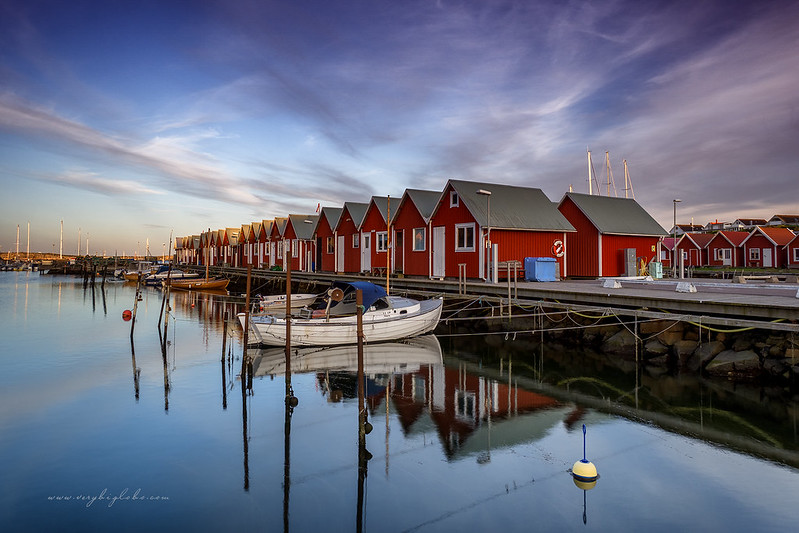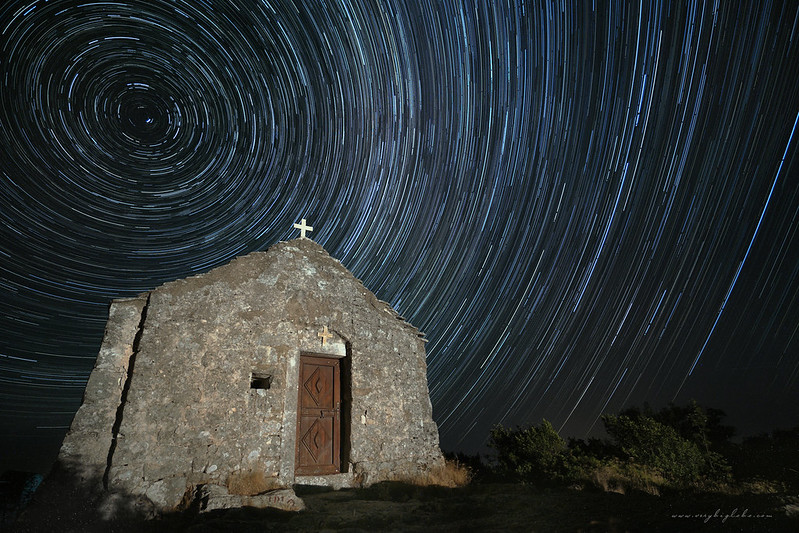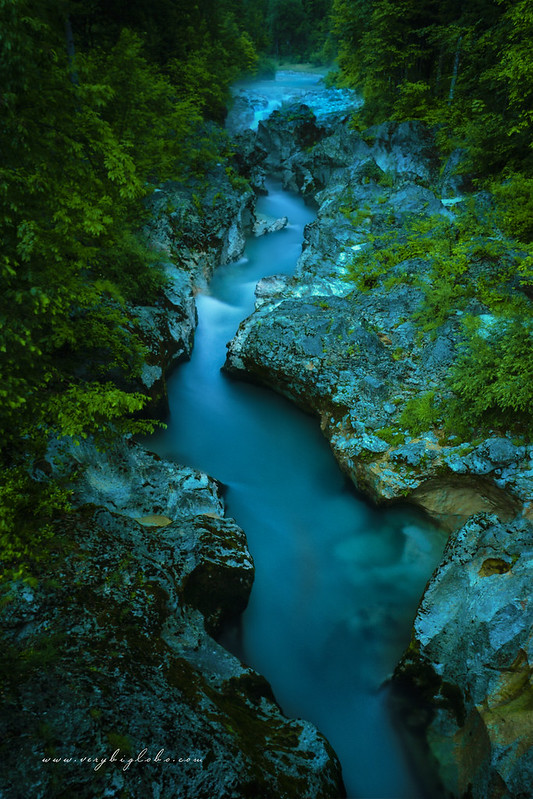Home › Forums › Legacy lenses › Superwide options for A7R and other Alpha bodies
Tagged: "Landscape lenses", FE 1635, SEL 1018, Sony A6000, Sony A7, Superwide, SWA
This topic contains 10 replies, has 3 voices, and was last updated by verybiglobo 4 years, 5 months ago.
-
AuthorPosts
-
AnonymousHi folks,
I’m looking to complete my lens collection for my A7R with a superwide i.e. something around 14-16mm focal length for landscape photography and travel. i.e. I need great IQ, lightweight and square filter compatibility.
Here’s my shortlist…looking for comments and suggestions of other lenses to consider:
1) Voigtlander 15mm f/4.5 VM III Super Wide Heliar (new £500)
Pro: small, light, great IQ, affordable, great build quality for price.
Con: built in hood means no square filters…is a deal-breaker unless I can modify the filter hood for the 12mm, which I’ve heard some people try to do here: http://www.rangefinderforum.com/forums/showthread.php?t=83302) Samyang 14mm f/2.8 (£300 new)
Pro: Superb IQ, in-expensive, square filter holder, fast aperture.
Con: heavy, big, complex distortion at close range, square filter holder only fits special sized Cokin filters (http://www.dpreview.com/articles/2328058603/samyang-announces-14mm-f2-8-lens-filter-holder)3) Sony E 10-18mm f/4 (£580 new)
Pro: Good IQ, Square filters no problem, auto focus, electronic data tagging with body, OSS (but not big deal with superwide)
Con: complex distortion, only works within a limited focal length range, weakest IQ of group.4) Sony Fe 16-35mm f/4 (£1000)
Pro: Great IQ, useful zoom range, Square filters no problem.
Con: size, weight, price.5) Nikon 14-24mm f/4
Pro: Superb IQ
Con: size, weight, price, bespoke filtersFrom these, the Voigtlander is the lens I want, because it’s small size compensates for it’s slightly lower (but acceptable) IQ. However its cons make it unusable (no square filters). The Samyang also great, but weight is a deal-breaker (my bag is heavy already!)…the Nikon is also too big. The Sony 16-35 has good IQ, but its also big, heavy and expensive.
That leaves me with the Sony 10-18…the right size, affordable, takes my existing square filters, but has the weakest IQ performance of this group on full-frame.
Is my evaluation of these lenses okay or would you disagree?
Any other lenses I should consider?Thanks,
AnthonyHi Anthony,
I guess you have seen some of my tests here with UWA lenses on sony A7/r – http://www.verybiglobo.com/sony-alpha-a7-ilce-7-and-sony-alpha-a7r-ilce-7r-part-8-a7-ultra-wide-lenses/Since that article, I’ve been testing few more UWA lenses, but nothing bellow 16mm. I don’t have experience with Voigtlander 15, but I have their 21/1.8 which also have built in hood and I basically don’t use it mainly because of difficulties with a filters.
Samyang 14/2.8 is best value for money, very sharp across the frame, and distortion can be noticed mainly on architecture. There are some profiles that are supposed to flatten its rendering (PT lens e.g.), but I simply never used it on architecture.
In my humble opinion, your best bet is certainly Sony FE 16-35. The flexibility of the zoom at the wide angle is even more significant than on most tele-zooms and image quality is excellent. Recently there is lot of talk about QC issues with Sony lenses, but either I was lucky, or not enough picky to discover problems with any of my Sony lenses.
If you can live with tighter framing, expensive but from what I have seen, superb (technically) rendering has new Loxia 21/2.8 (very pricey though), and you might take a look at some other options – namely Tamron 15-30/2.8 or Canon 16-35/4. Both options will be slightly cheaper than Sony FE 16-35/4. (Tamron has bulbous element too).
If you just need UWA, I will take a risk and try one of Samyangs 14/2.8 (I think they are developing also 12/2.8, but not sure about that), because it is fairly cheap and if you don’t like it, you might lose some 50 GBP or so, by selling it later.
If you want lens that will use all native benefits of AF and built-in software correction, I would suggest FE 16-35/4, despite its size and weight…
Cheers,
Viktor
AnthonyHi Viktor,
Thanks for the detailed reply. Thanks for pointing me back to your earlier review, but your recommendations there are mainly for the 21mm range, and I already have an OM 21/3.5 that’s okay.
Given the information I wrote, I think you’re right, the FE16-35 has the best quality and as for my weight concerns, its ability to remove 3 of my primes (15mm, 21mm and 35mm) means it will actually lighten my load!
Thinking it through again, what I forgot to mention (even to myself) is that one of my objectives is to avoid being married to one brand or system. I did that once with Panasonic and paid a heavy price to shift to Sony. After that I decided to buy old lenses that are broadly compatible with any mirrorless system. Whilst I currently adore what Sony are doing, I want to be able to easily switch to a different FF mirrorless brand (even Nikon!), if doing so makes sense.
Therefore, committing £1k to Sony gives me the shakes!
Secondly, I’m relatively new to photography as a serious hobby (4 years) and I find that using primes really improves my photography…it’s nothing to do with IQ, but something else.
Thirdly, and this may seem trivial, but I find it very satisfying being able to tell what focal length I need for a certain shot, and I attribute this to my exclusive use of primes. I’ve no idea if it helps my photography, but I like the fact it’s a skill I’m getting good at that I never was able to develop using zooms.
So taking these 3 new points into consideration leads me back to the Voigtlander. Regarding the filters problem, Ken Rockwell uses screw-in ND grads…he says they can fit any angle and he doesn’t find it crucial to get the vertical placement correct. I think this compromise might be acceptable.
I’m not in a desperate hurry to buy, so I will think it through a bit more. It may be worth my while buying a secondhand circular ND grad to test out.
Perhaps after a bit more thought I will build up the courage to commit to Sony…we’ll see 🙂 I’ll let you know the outcome.
Hi Anthony,
I understand your desire and reasons for third party and legacy lenses, you have a point there. I am using to buy mostly Nikon mount lenses, because they are broadly adaptable to the rest of the mounts. However, truth is that today we have larger participation of a “system dedicated lenses” than ever before. Starting from the sensor itself, pixel pitch, microlenses, sensor toppings, etc., many of those specifics are taken into consideration during lens design.
Examples of such approach, are recently Loxia 50/2 and 35/2, which are basically same design as their ZM counterparts, but adjusted (mainly the rear lens group) in order to correct astigmatism on Sony E mount cameras.
On top of that, you were considering “landscape lens” and believe me that at f/5.6 and smaller, you will hardly find differences between Sony FE 16-35/4 G OSS and Otus 28/1.4 (except for the traces of LoCA with Sony).
I am using filters extensively and I certainly don’t want to comment on Mr. Rockwell blog, but with screw-in filters you will face several problems…
LEE is making best neutral filters IMHO, in terms of their “neutral” color behavior. So called Big stopper, does shift colors to the blue tones, but that is way better than BW screw-in 10 stop, which is shifting them toward red.
Using system filters, such as LEE, will allow you to combine 2 or even 3 filters at once, unlike with screw-in. (especially on WA lenses, where stacking filters might cause vignetting).
Most importantly, I am always laughing when I see someone using screw in ND graduated filter on the sunset (sunrise)… Tonal gradient is going through the center of the filter, while one of the most famous composition rules is rule of thirds. Thus if you want to place gradient properly on the horizon, you will ruin your composition.
BTW, for proper exposure balance on the shots where exposure compensation is needed via ND filters – such as sunset or sunrise, you should anyway consider so called reverse grads or strips, and while they exist in screw-in variants, they are even more useless than regular screw in ND grads.
I am using LEE hard ND grads, most often in combination of 0,6 and 0,9, by rotating one of the filters (usually weaker one) in its slot by 180°. At the horizon line, I let both filters to overlap, giving me 1,5 in that zone. This way, I can adjust the width of the strip, needed for the scene and I can of course move it up or down, to please the composition. The only caveat of this approach is that I am loosing approx. 1,5 EV overall, so I have to compensate exposure.
Good luck with your choice anyway, and let me know what you’ll finally decide.
Cheers,
Viktor
AnthonyHi Viktor,
I had no idea that the FE16-35/4 had comparable IQ to the Otus 28/1.4 at smaller apertures. That’s impressive.
You’re right, I specified landscape lens and that is the main purpose. But, you’ll see from my Flickr stream that I’ll take photos of anything, including street, concerts, and parties and I like to travel. For all these situations small lenses make sense: to look less conspicuous to get wider apertures (compared to zooms). So, for me the FE16-35 is actually speciality lens: one which I won’t take travelling and at home I will only pack it when I’m only doing landscapes. As I’m still building my collection of primes, it makes sense for me to complete that first and look to buying this speciality lens later. In the meantime, the downside is a heavier bag, but the upside is more versatility and I maintain my independence from Sony bodies.
I’ve been doing a bit more research on the Voigtlander 15mm III. Firstly, to see how it compares to the FE16-35/4 and secondly to find out what modifications people are doing to allow it to use square filters.
There aren’t many direct comparison reviews, but I found this one chap who did an 2-part comparison. Broadly speaking, he thinks the CV15-III is better. But even if he’s wrong, at least we can say the IQ of the CV15-III is in the same ballpark as the FE16-35/4. The worst thing is heavy vignetting, but it’s correctable in post.
Test – Voigtlander Super Wide-Heliar 15mm f/4.5 III vs Sony Zeiss Vario-Tessar T* FE 16-35mm f/4 ZA OSS | TalkEmount – Sony Alpha E-Mount Camera User Group
Test – Voigtlander 15mm f/4.5 III vs Sony Zeiss FE 16-35mm f/4 – Part 2 | TalkEmount – Sony Alpha E-Mount Camera User GroupAnother reviewer, has reviewed both lenses on A7R and other A7 bodies, but he’s not made a direct comparison. However, in comments on the FE16-35 review he says that he doesn’t think there’s much of a difference in sharpness between the two lenses.
Voigtlander 15mm F4.5 Heliar III Review & Sample Images | Alik Griffin
Sony 16-35mm F4 FE T* Lens Review & Sample Photos | Alik GriffinWhat this tells me is the CV15III meets all my criteria except square filters. Therefore, I looked into what mods people are making and I came across two users brave enough to saw off those fins and even braver to blog about it!
Can a ‘permanently fixed’ Voigtlander lens-hood be removed?
http://www.fredmiranda.com/forum/topic/1088351/0&year=2012#10371819I found the first blog very encouraging, especially reading the lens is resistant to flare. But I dare not modify it myself. Instead, I have found a lens repair company in London that can do this modification. It was founded 1925, so it is reliable. I’m waiting for a quotation. If it’s reasonable, then I’ll look to buying this lens next year.
I suspect that modifying the lens in this way, may make the lens more desirable on the secondhand market…it will certainly be rare!
Regarding which is the best brand of filters: there’s a new kid on the block. But, I’ll start a separate thread as this reply is already too long!
Anonymousp.s. here are the two comparison reviews I mentioned above:
Hi Anthony,
you probably have good reasons to go with Heliar 15, but I wouldn’t rely on those comparison images solely.
When you want to compare lenses, you should consider many things before you proceed.
First – you should always compare apples to apples – 1mm on the wide side means quite a lot. Commenting on corner sharpness on tree leaves (favorite testing target of Mr. Rockwell, if I am not mistaken) and in general on any 3D scene (like they used to have, and actually still have on DPreview) is laughable at best. (But I am doing the same from time to time, because people likes it :-))
On such a complex scene, you compare center zone, mabe even midzones, but corners could be heavily affected by even light difference in focus plane, by DOF differences between two lenses (when you compare 15 to 16 e.g.) and also by different field curvature characteristics (at f/8 you should know your lens and how to focus it properly).
In my testing of Sony FE 16-35/4 G OSS, I never experienced that kind of corner smearing at 16mm as he is showing on his crops.
Could it be bad sample? I don’t know… User fault is certainly more probable IMHO…BTW, last time when I spoked to Mr. Nasse from Zeiss, he showed me his lab testing of possible focus plane misalignment. In a result, if the test target was improperly focused by only 0,5mm!!! MTF of tested lens dropped over 10%, (even more in the corners). What does that tell us – it is far more important to properly focus the lens, than to pick the sharpest lens on the world. (If critical sharpness is important to you).
On the other hand, on the links you provided I have noticed much more pronounced purple fringing on Voigtlander. Could be that Sony is software corrected in the camera, but I think it’s rather optical correction in this case.
Most important however, is how you feel about it. If possible, I would suggest to rent both lenses and see how they work for you.
In my case, any of those would be more than perfect (except for that filter modification stuff), but flexibility of the zoom range, built in AF when needed, additional stabilization and partial weather sealing, will certainly shift me toward Sony.
However, I have SEL 1018/4 and A6000 and this is great system for most of my landscape needs. When I shot wide for my clients, I usually rely on Canon TS-E17, 24 and EF 14/2.8II.
Few “landscape samples of my A6000 + SEL 1018 combo:




cheers,
Viktor
AnonymousHi Viktor,
Thanks for reminding me of the option of the A6000 and SEL1018. When you compared it to the A7/FE1635, I couldn’t tell their images apart. I didn’t realise you now use it as your main landscape setup…so no more D800E with 14-24? When you use the Canon lenses for clients, which body do you use?
I like the idea of using an A6000/SEL1018 combo – it has a lot going for it:
– They are the same weight combined as the FE16-35, but cheaper!
– More importantly, it gives me a backup body.
– I can also use the A6000 with my long lenses to get slightly more reach for the same weight. This makes sense, because if I need to crop anyway on FF, then I will get better results using a crop sensor.
– It will weigh less than 3 primes (as discussed previously).
– No problems with square filters.
– All these benefits out weigh my preference for avoiding Sony and sticking to primes.I think you’ve solved my problem! Thanks…beers on me next time I’m in Prague or if you come to London!
Anonymousp.s. I forgot to say: beautiful photos!
Hi Anthony,
I am glad if my experience helped. In reality, prices on the used combo of A6000 and SEL1018 are so attractive that you certainly consider it. In some situations you might hit limits of APS-C dynamic range but that’s very rare.I am still using Nikon and Nikkor 14-24 from time to time, but mainly bcause of filters (I have only two XX large LEE) combo gets less use that it desrves.
I am using A7 and A7R with Canon lenses and A6000 with SEL 1018 for my clients.
Beer sounds good.
Cheers,
Viktor
verybigloboGroundwork: Autobiographical Writings, 1979–2012 by Paul Auster : 9781250245809
-
AuthorPosts












